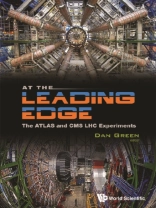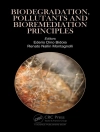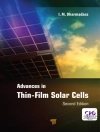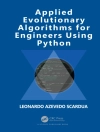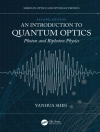Too often descriptions of detectors focus on the ‘what’ and not the ‘why’. This volume aims to elucidate how the requirements of the physics at the Large Hadron Collider (LHC) define the detector environment. In turn, the detector choices are made to adopt to that environment. The goal of LHC physics is to explore the mechanism for electroweak symmetry breaking. Because of the minuscule cross-sections which need to be explored, 0.1 fb, the LHC needs to provide 100 fb-1/yr, or an instantaneous luminosity of 1034 / (cm2 sec). With a bunch crossing interval of 25 nsec, well matched to detector speeds, there will be 25 events occupying each bunch crossing.Thus the physics requires fast, finely segmented, low noise and radiation resistant detectors which provide redundant measurements of the rarely produced electrons and muons. To achieve those goals, new ground was broken in constructing the A Toroidal LHC Apparatu S (ATLAS) and Compact Muon Solenoid (CMS) detectors in the vertex detectors, tracking systems, calorimetry, strong magnets, muon systems, front end electronics, trigger systems, and in the data acquisition methods used.
Green Daniel Green
At The Leading Edge: The Atlas And Cms Lhc Experiments [PDF ebook]
At The Leading Edge: The Atlas And Cms Lhc Experiments [PDF ebook]
¡Compre este libro electrónico y obtenga 1 más GRATIS!
Idioma Inglés ● Formato PDF ● Páginas 448 ● ISBN 9789814467513 ● Editor Green Daniel Green ● Editorial World Scientific Publishing Company ● Publicado 2010 ● Descargable 3 veces ● Divisa EUR ● ID 8153201 ● Protección de copia Adobe DRM
Requiere lector de ebook con capacidad DRM
